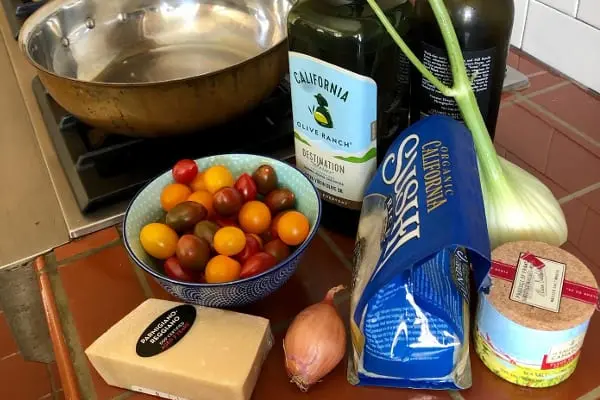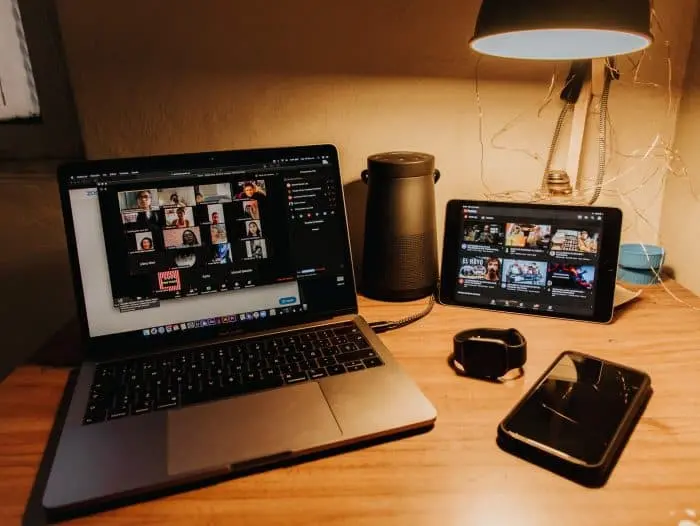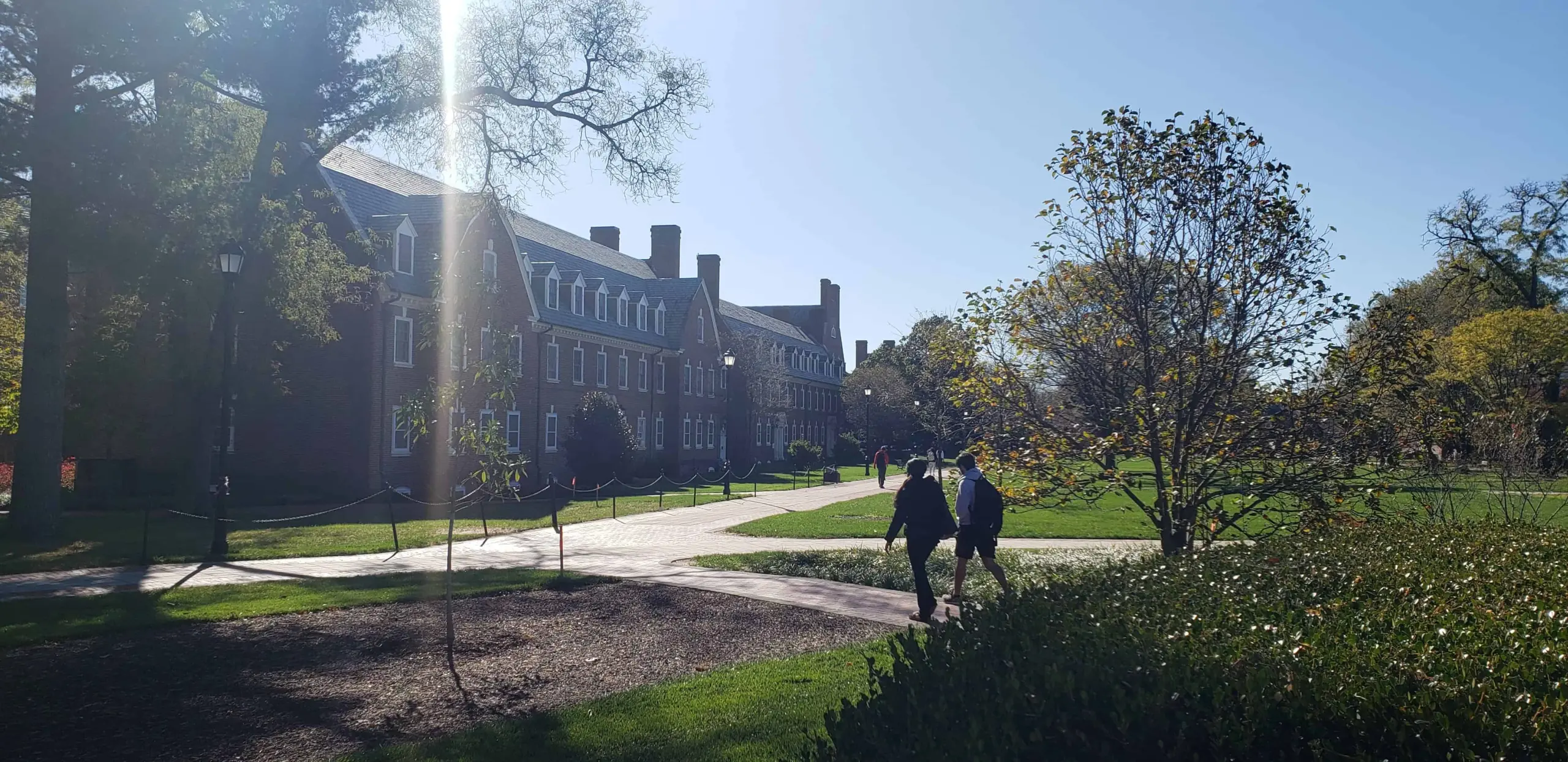This Q&A is part of Local Heroes: Journalists Covering COVID-19, PEN America’s series spotlighting local journalists across the country in celebration of World Press Freedom Day 2020, elevating the importance of a free, vibrant, and inclusive press.
Name: Victoria Merlino
Outlet: Queens Daily Eagle
City: Queens, NY

What do you want readers to know about what goes into the coverage they’re relying on?
I want our readers to know that we’re grateful for their support during this uncertain and scary time. The fact that people are not only continuing to read, but also sharing, commenting, and creating a conversation around our articles is incredibly special to us, and I want to thank them immensely.
Some days, it can be incredibly challenging to report on this pandemic. The news has become extremely personal. I mean, I live here too. My neighborhood is closed; my neighbors are sick. I see streets I’ve walked down a hundred times in the pictures of national outlets, with headlines about how so many people are dying of COVID in Queens that the funeral homes can’t keep up. It hurts that the bright, vibrant, beautiful place I report on every day is getting national attention for something as horrible as that.
I want our readers to know that we’re trying really, really hard to deliver the best coverage we can, because these are our neighborhoods and our friends too.
“The news has become extremely personal. I mean, I live here too. My neighborhood is closed; my neighbors are sick. I see streets I’ve walked down a hundred times in the pictures of national outlets. . . It hurts that the bright, vibrant, beautiful place I report on every day is getting national attention for something as horrible as that.”
In what ways has local news played a vital role in response to the COVID-19 crisis?
Local news just gets things done. Simple as that. Throughout March and April, the Queens Daily Eagle’s website has seen the most traffic and clicks it has ever received. I believe that is because the pandemic is such a local issue—it impacts everybody. Residents want to know where their closest COVID-19 testing site is, what is happening with schools, if their neighborhood restaurants are delivering. They want to know how to help local businesses and what’s going on on their block, and they want to be sure that information is trustworthy. This isn’t news that you’ll get from any national outlet, but it’s absolutely vital.
How have the advent of the COVID-19 outbreak and social distancing requirements changed your reporting and the way your newsroom operates more broadly?
Our newsroom has gone completely remote, which has been a challenge in its own right. Our team only has three editorial staff members. We’re all already juggling a bunch of tasks to make sure everything is running smoothly, and with the added barrier of communicating completely online, sometimes it can be hard to bounce ideas off each other, or just take a minute to talk something out.
I now do all my reporting by phone, and it can be hard to connect to sources like that sometimes. I miss going to press conferences. I miss meeting up in the park with a source. I miss going to a community meeting and leaving at 11pm after hours of everyone yelling at each other, which is something I didn’t think I would ever say.
The best part of local news is that human aspect of it, and in the age of social distancing that’s really hard, but I try to make it work.
“The pandemic is such a local issue—it impacts everybody. Residents want to know where their closest COVID-19 testing site is, what is happening with schools, if their neighborhood restaurants are delivering. They want to know how to help local businesses and what’s going on on their block, and they want to be sure that information is trustworthy. This isn’t news that you’ll get from any national outlet, but it’s absolutely vital.”
As many newsrooms turn the bulk of their focus to COVID-19, they will lose the capacity to do much of the vital watchdog, accountability, and solutions journalism they normally do. What is one story you fear will be eclipsed by this shift? Are there any stories you’ve been working on that you’ve had to shelve?
On a boring, average day, there are approximately one million important things going on in New York City. With COVID-19, all the focus has shifted, and those other one million important things left by the wayside. Before the virus really took hold in New York City, I was covering a rezoning for a massive $1 billion development in Queens, which had faced some opposition from residents in the area who felt like it would gentrify the neighborhood. This was a big story with multiple protests and hearings right up until mid-March, when the state basically locked down. Now, that process is completely frozen. After the pandemic ends, I am interested to see what will happen to that story.
What stories have you reported on that have given you the most hope?
One of my favorite stories I’ve done recently was about a woman who was raising money through GoFundMe to deliver protective gear to the doctors and nurses of Elmhurst Hospital, one of the hardest-hit hospitals by the pandemic in the city. Her dad is a doctor at Elmhurst, and she told me that she was raising money not just for him, but for his coworkers—the doctors and nurses whom she’s known since she was a child and grew up around. When I spoke to her, she had already raised thousands of dollars. I teared up a little after the interview. There are so many people connected to this city right now trying to help each other, and it’s really beautiful.
About Victoria Merlino
Victoria Merlino is the arts editor and a general reporter for the Queens Daily Eagle in New York City, Queens’ only daily English-language print newspaper. She covers a wide array of beats, spanning politics, housing, business, labor, immigration, and culture. Prior to her work at the Eagle, Victoria interned for The Brooklyn Home Reporter, and at Family Circle Magazine under the American Society of Magazine Editors internship program. She is a proud product of the City University of New York.











